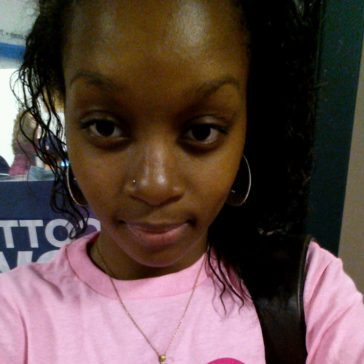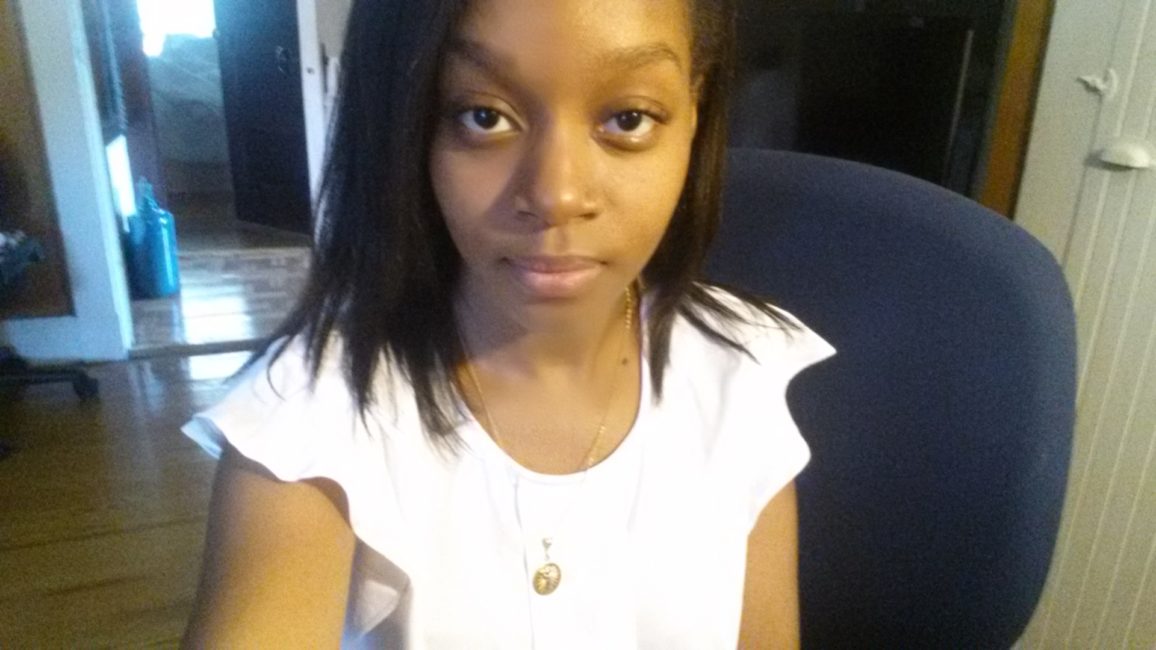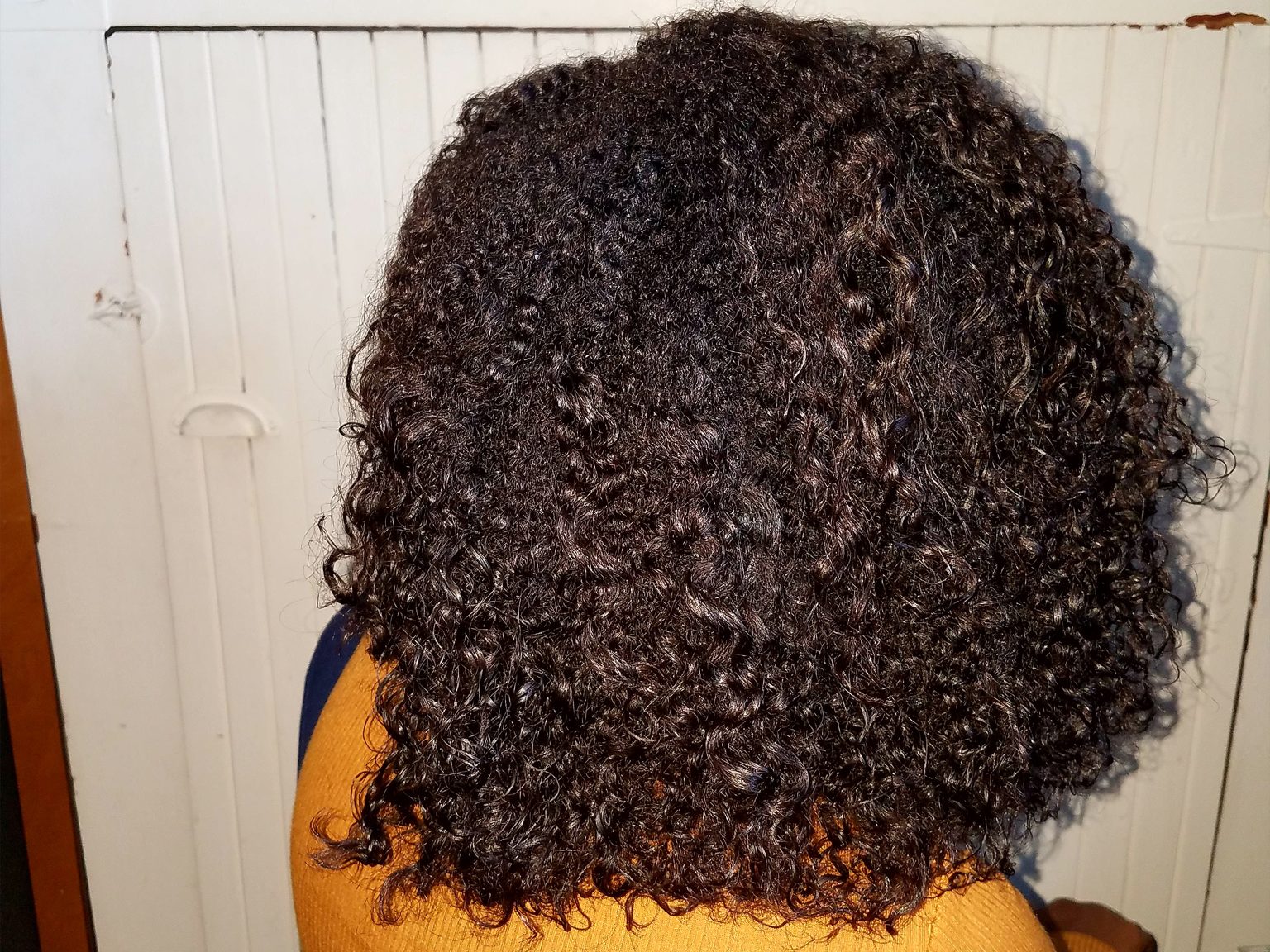In September 2013, I started transitioning to natural hair. At the time, I had no idea what transitioning from relaxed to natural hair encompassed. I just knew I no longer wanted to chemically alter my natural hair. But, I also didn’t want to big chop my hair and have a TWA (teeny weeny fro). I transitioned for two years, having finally let my relaxed ends go in September 2015.
Now that I’m natural, I realize that transitioning was probably the best choice for my hair. There was a lot of trial and error – just read my traveling with transitioning hair post. However, I learned so much about my hair and how I should take care of it. Some of the things I implemented in my transitioning routine, I’ve carried on with me through my natural hair journey.
Pre-shampoo
When transitioning, it can be tough to detangle your hair when your stands are already sensitive and prone to tangling due to the two different hair textures. Especially at the line of demarcation (where your relaxed hair meets your natural hair). I started pre-shampooing with a creamy condition as soon as I started transitioning. This helped soften my hair and made detangling easier. For insight on pre-shampooing, check out this blog post.
Work in sections
Four months into my transitioning journey, I realized how complicated it’d be to manage my hair. The mix of new growth and relaxed ends didn’t mesh, making it hard to detangle and work with throughout the wash day. By sectioning my hair, it helped reduce the amount of breakage and shedding I endured. It may be time-consuming to work in sections, but it can be helpful in your wash day process when transitioning. And even if you’re natural with thick/high-density hair, like me.
Deep condition
The struggle of keeping your hair moisturized and strong when transitioning is real, especially the new growth. This is why deep conditioning is crucial. I did a moisturizing deep conditioning treatment once a week. And I did a deep conditioner treatment that contained proteins once a month to help strengthen my hair.
Have go-to hairstyles
Styling is probably the biggest thing transition-ers stress about. Or at least I did. When transitioning, you don’t want to constantly manipulate your hair, as it’ll make it more prone to breakage. But, it’s also hard to find styles that blend your new growth and relaxed ends. Trust me, finding hairstyles that work to blend the two textures becomes more complex throughout your journey. These were my go-to hairstyles when transitioning that required low manipulation:
- Tension blow-drying method: I did this more often when my hair was predominately natural (around year two). There are tons of videos on how to do the tension blow-drying method – I learned about it from JourneyToWaistLength. This method helped me blend both hair textures – especially when I did a set style (e.g. twist-out, braid-out, perm rod, etc.).
- Twist-out: This was my go-to style when transitioning, I did this throughout my entire journey. For some reason, braid-outs weren’t working for my transitioning hair, but twist-outs were. So I did twist-outs almost every week – even if I didn’t use the tension blow-drying method.
- Buns: When all else failed, I always had a hair tie to put my hair in a bun in case it didn’t want to act right. Trust me, there’ll be days when your hair doesn’t work with you, and the two textures are noticeable.
Be patient & open to change
Because your hair is so sensitive and fragile when transitioning, you’ll have to be very patient. In the long run, it’s helpful to practice patience to prepare you for your natural hair, because you’ll be more attentive and delicate with your hair.
It’s also important to be open to change when transitioning. Some styles and products that worked at the beginning of your journey may no longer work at a later stage. You’ll have to be open-minded and willing to test different products and styles to see what works in that phase of your journey. This is also true with natural hair.
Trim your hair
The point in transitioning is to gradually cut away the relaxed ends until you achieve your desired length to start your natural hair journey. So you’ll need to get frequent trims; I got my hair trimmed every three months (or 4x a year) by a trusted stylist.
Minimize heat
It’d be wise to minimize the heat you put on your hair when transitioning. For some, constantly applying heat is probably why you’re transitioning in the first place. Some people transition from heat damage and not from relaxers. So air dry your hair, use protective styles, and learn how to blend your two textures until the damaged ends are gone.
Don’t guess your curl pattern
It can be exciting trying to figure out your natural curl pattern when transitioning. But you shouldn’t do that to yourself. Seriously, don’t! Since your relaxed ends are weighing down your natural hair, you won’t be able to tell what your natural curl pattern is until all the relaxed ends are gone. Imagine buying products based on presumptions about your natural curl pattern, only for your hair to respond negatively to the product. That’d be a waste of money
Practice, Practice, Practice
I believe transitioning was the best idea for me because I was able to prepare myself for my natural hair. Some of the styles, products, and steps I followed during my transitioning journey helped set me up for my natural hair journey. I felt more knowledgeable in maintaining healthy hair, which helped me feel confident that I could manage my natural hair.








